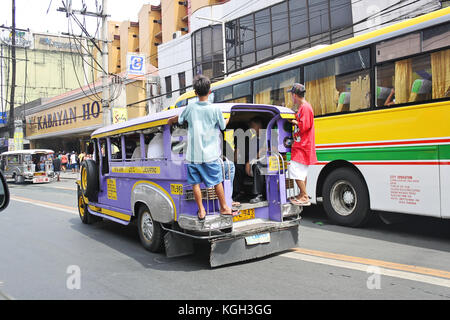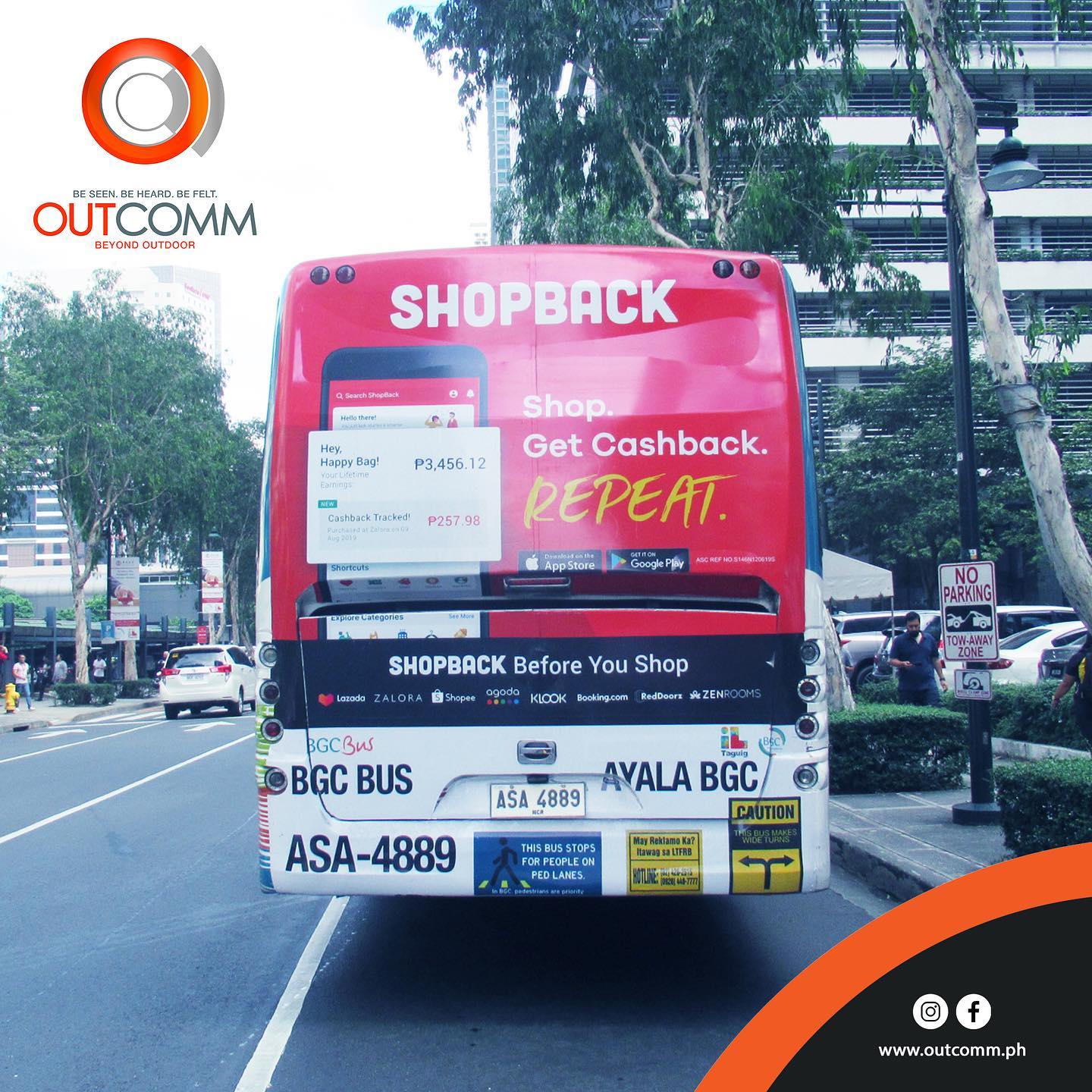How Transportation Advertising Can Change Public Transport Spaces Into Dynamic Marketing Operatings Systems
Transit advertising and marketing holds significant possibility to redefine public transport areas into lively advertising systems that engage and educate. By making use of cutting-edge styles such as interactive stands and digital screens, brands can not just reach a varied audience yet likewise boost the general commuter experience. This technique produces an one-of-a-kind possibility for brand names to connect with consumers in a setting that is frequently forgotten. As we check out the complex advantages and progressing techniques of transportation advertising and marketing, it raises the inquiry of just how this change might redefine our interactions with both brand names and the city environment.
Benefits of Transit Advertising

In addition, transit advertising is highly cost-efficient contrasted to traditional media. It permits marketers to accomplish high impressions at reduced expenses, making best use of return on financial investment. The captive target market of travelers provides a chance for brand names to share their messages to individuals that are frequently responsive during their travel times.
In addition, the dynamic nature of transit advertising and marketing enables projects to be upgraded frequently, ensuring that messaging stays pertinent and timely. This flexibility can be essential in reacting to market fads or promotional events, keeping the brand name top-of-mind for customers. Lastly, the pervasive existence of transportation advertising adds to brand recall; duplicated direct exposure within acquainted traveling contexts reinforces brand understanding and promotes customer commitment, ultimately driving sales and improving brand name reputation.
Kinds Of Transit Marketing
Mass transit systems provide different styles for advertising and marketing, each dealing with different marketing methods and target market engagement methods. One noticeable type is outside bus and train covers, which cover the whole lorry and produce a mobile billboard result, permitting high exposure in metropolitan settings. These covers can capture attention as they traverse busy streets, getting to a varied target market.
Another preferred layout is interior advertising, which includes posters, electronic screens, and ads on transportation seats. These positionings engage guests throughout their journey, enhancing brand messaging in a confined space. Digital shows, in specific, offer the benefit of dynamic web content, enabling marketers to update messages in real-time.
Terminal marketing is also substantial, featuring posters, banners, and interactive stands within transit terminals. These ads utilize foot web traffic and can target specific demographics based upon location.
Last but not least, promotional collaborations with transit authorities can bring about distinct projects, such as themed transit experiences or occasions, enhancing the general involvement with commuters. Each kind of transit advertising and marketing offers unique advantages, enabling brand names to tailor their method to effectively reach their target audience within the general public transportation environment.
Involving Commuters Successfully
Commuters are progressively flooded with advertising messages during their everyday trips, making it vital for brand names to involve them in cutting-edge ways. To catch interest in this jampacked space, advertisers need to focus on creative thinking and relevance. Using eye-catching visuals and concise messaging can substantially boost the likelihood of engagement.
Interactive aspects, such as QR codes or enhanced reality functions, can likewise change fixed advertisements right into immersive experiences, cultivating a much deeper link with the audience. Brands should focus on dealing with commuters' requirements and rate of interests, customizing messages to reverberate with their way of living, whether via promos for regional services or solutions made to boost their travelling experience.
Furthermore, timing plays an important duty; strategically positioning advertisements during peak commuting hours can optimize presence and effect. Involving travelers properly likewise entails leveraging social media integration, enabling passengers to share their experiences or promotions straight from transit systems, consequently enhancing brand name reach.
Basically, effective interaction depends upon recognizing the commuter trip and producing compelling, interactive, and relevant advertising and marketing experiences that not just catch attention yet also drive action and commitment. By doing so, brand names can transform public transport into a vibrant advertising platform that resonates with its audience.

Measuring Advertising Influence
Exactly how can brands properly examine the effectiveness of their ad campaign en route atmospheres? Measuring the influence of transit advertising and marketing requires a complex method that incorporates qualitative and measurable metrics. One common approach is tracking interaction via mobile analytics, where brands can assess foot traffic patterns and application interactions previously, throughout, and after campaigns.
Studies can provide useful understandings into brand name recall and customer belief, permitting brands to evaluate just how well their messages resonate with commuters. In addition, keeping track of social media sites engagement pertaining to details campaigns can expose changes in public assumption and brand discussion.

Furthermore, working together with transportation firms can boost dimension accuracy, as they frequently possess comprehensive market information on ridership patterns. By incorporating these techniques, brand names can create a comprehensive understanding of their advertising effectiveness, guaranteeing that their campaigns not only reach but also impact their target audiences efficiently.
Future Trends en route Marketing
A significant shift is prepared for en route advertising and marketing as technical improvements and altering consumer behaviors improve the landscape. Transit Advertising Philippines. The assimilation of electronic screens and interactive media is anticipated to improve engagement, allowing brand names to provide dynamic web content that reverberates with diverse audiences. As mass transit systems accept smart technology, marketers will certainly leverage real-time information analytics to customize messages based on guest demographics and habits
Furthermore, augmented Bonuses fact (AR) is poised to revolutionize the means travelers interact with promotions. By supplying immersive experiences, AR can transform an ordinary journey into an interesting story that captures focus and promotes brand name commitment. This development will likely encourage marketers to produce more experiential projects that drive customer communication.
Sustainability is one more critical pattern influencing transportation advertising. As ecological consciousness expands, brands will significantly seek to straighten with green methods, making use of sustainable products and promoting eco-friendly campaigns within their campaigns.
Verdict
In conclusion, transit advertising provides significant advantages by enhancing brand visibility and engaging a captive audience. As fads advance, the potential for cutting-edge communications in between brand names and travelers is poised to grow, ensuring that transit advertising and marketing continues to be an essential part of modern-day advertising methods.
Transit advertising holds significant possibility to redefine public transport areas into vibrant advertising and marketing systems that engage and inform. The pervasive presence of transportation advertising and marketing contributes to brand recall; duplicated direct exposure within familiar traveling contexts strengthens brand awareness and cultivates consumer loyalty, inevitably driving sales and improving brand online reputation.
Just how navigate to this website can brands properly examine the effectiveness of their advertising and marketing projects in transit settings?In final thought, transit marketing provides substantial advantages by boosting brand visibility and involving a captive target market. Transit Advertising Philippines. As trends progress, the potential for cutting-edge interactions in between commuters and brands is resource positioned to grow, ensuring that transit advertising and marketing stays an essential element of modern-day advertising approaches